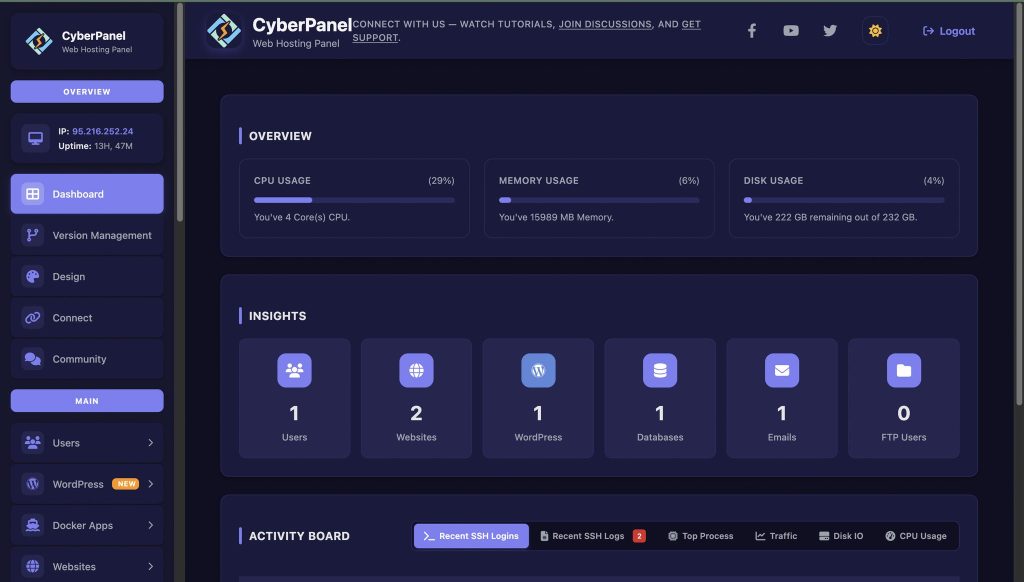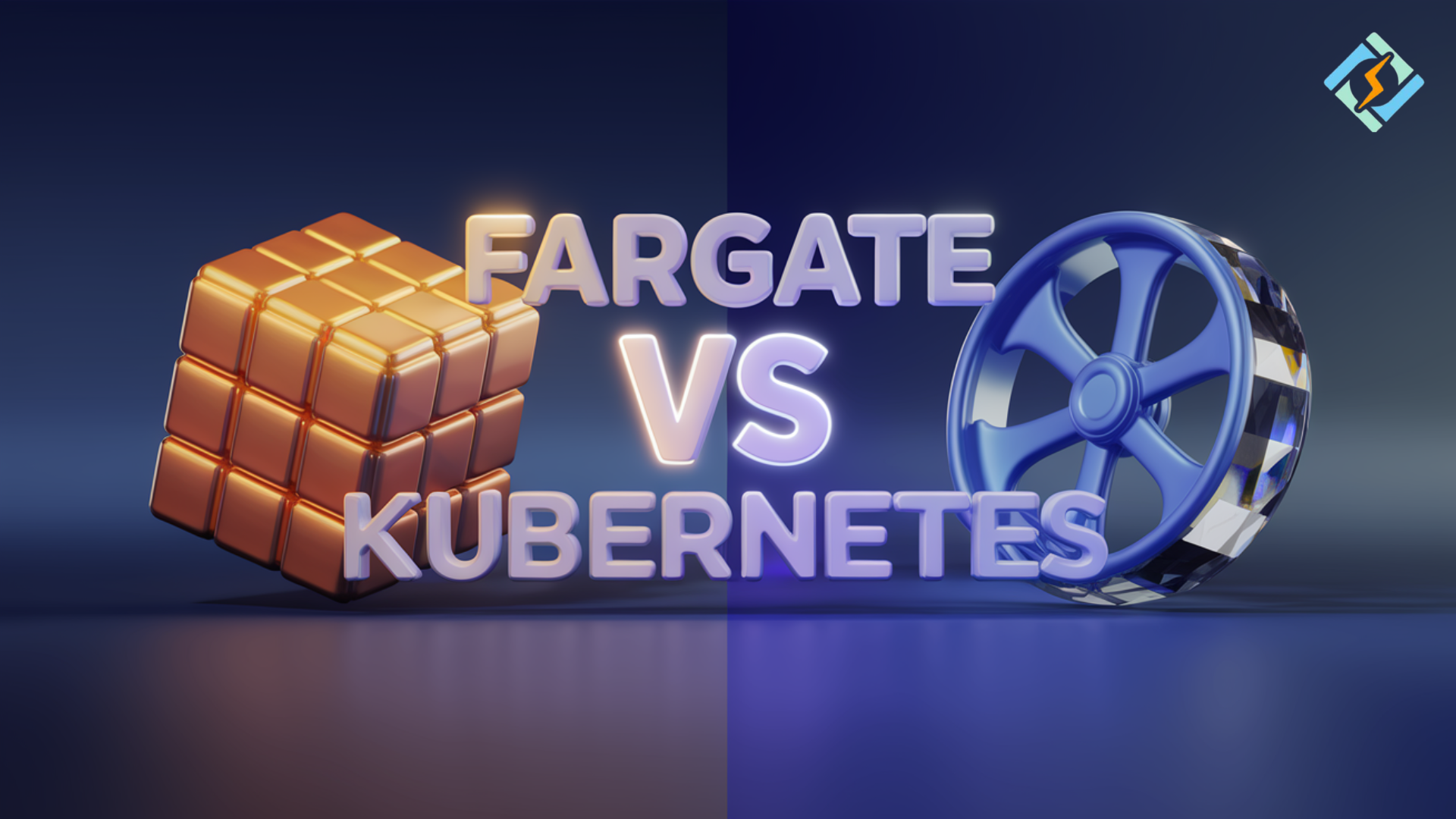Selecting the ideal container orchestration and deployment solution is a critical component of your cloud strategy. An AWS Fargate vs Kubernetes decision, now at the forefront of using containers, has become a hot debate as organizations and teams shift enterprise workloads to container-based models (Kubernetes, ECS/EKS, etc). Both provide excellent capabilities for running containerized applications at scale, but these two approaches to container orchestration are very different.
AWS Fargate is focused on serverless container execution, with complete abstraction of infrastructure management. Kubernetes is an open-source, flexible orchestration platform that puts the decision-making power and control of clusters and scaling in your hands (or whatever entity is managing that environment).
In this guide, we will examine, break down, and compare AWS Fargate with Kubernetes, while highlighting some of the differences, use cases, and some recommendations on which may be more applicable for your 2025 deployment strategy.
What is AWS Fargate?
AWS Fargate is a serverless compute engine that runs containers in concert with Amazon ECS/EKS. It removes the need to truly provision or manage servers. You simply spin up the container requirements, and Fargate takes care of how the container is launched and scaled behind the scenes.
Key Features of AWS Fargate
- Fully managed, no server management required
- Seamless integration with ECS and EKS
- Pay-as-you-go pricing model
- Ideal for small to medium container workloads
- Strong security isolation at the task level
What Is Kubernetes?
Kubernetes is an open-source container orchestration tool built by Google. Kubernetes lets you automate the deployment, management, and scaling of containerized applications across a set of machines, also referred to as a cluster.
Key Features of Kubernetes
- Full control over the infrastructure of the cluster
- Works in the cloud, on-premises, or in hybrid environments
- Advanced autoscaling and load-balanced
- Very large ecosystem/community
- Good support for large, complex applications
Fargate vs Kubernetes: Key Differences
Here’s a clear comparison to help you understand Kubernetes vs Fargate more effectively:
Get exclusive access to all things tech-savvy, and be the first to receive
the latest updates directly in your inbox.
| Feature | AWS Fargate | Kubernetes |
|---|---|---|
| Infrastructure Management | Fully managed (serverless) | Self-managed or cloud-managed (e.g., GKE, EKS) |
| Scalability | Automatic scaling with AWS services | Highly customizable autoscaling with full control |
| Flexibility | Limited (works with ECS/EKS only) | Very flexible (supports multiple environments) |
| Complexity | Easier setup and operation | Steeper learning curve, more configuration needed |
| Cost Model | Pay per vCPU and memory usage | Depends on infrastructure and cluster management costs |
AWS vs Kubernetes: When to Use Either?
- Use AWS Fargate if you want a fully managed solution with minimal ops overhead, with no configuration. It’s suitable for microservices, short-lived tasks, or workloads with a lower number of containers.
- Use Kubernetes if you need multi-cloud flexibility, more complex deployments, or require custom logic for orchestration. It offers you maximum control; however, you require more operational experience.
How Does CyberPanel Fit In?

CyberPanel is a next-gen web hosting control panel, but can also be utilized along with a containerized platform in a hybrid (or overlapping) environment. For example, you might run your applications or databases via a CyberPanel-managed VPS while your containerized microservices are in Fargate or Kubernetes. This combination enables simplicity (via CyberPanel) and flexibility/scalability (via Kubernetes or Fargate), which are very commonplace in modern cloud architectures.
Final Thoughts!
Your choice of Fargate vs Kubernetes should be based on your infrastructure strategy. Fargate is simple and powerful if you are looking for a hands-off approach to scale that works within AWS. However, if you want flexibility for multi-cloud or complex orchestration, Kubernetes is still the more viable option.
Assess your infrastructure strategy today, and evaluate which option between AWS Fargate or Kubernetes works best for your smarter, scalable container strategy for 2025.
People Also Ask
Can I use Fargate with Kubernetes?
Yes. Fargate integrates with Amazon EKS to run Kubernetes pods without managing worker nodes.
Is Kubernetes more flexible than Fargate?
Yes. Kubernetes supports multiple environments, including on-premises and hybrid setups, while Fargate is tied to AWS.
Which is more cost-effective, Fargate or Kubernetes?
It depends on usage. Fargate may cost more at scale, but it saves operational effort. Kubernetes can be cheaper if you manage infrastructure efficiently.




